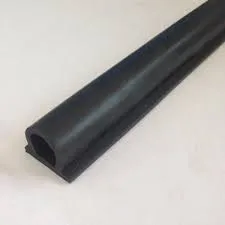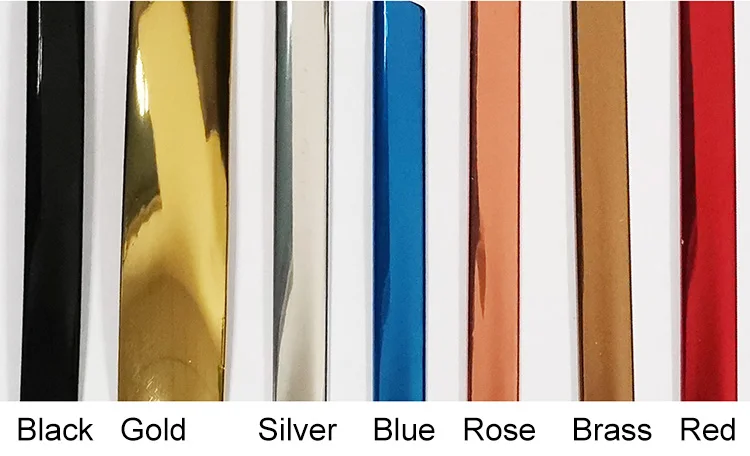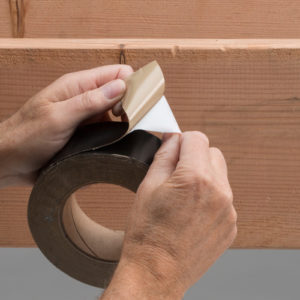Wholesale stainless steel is a vital component for many industries, offering numerous advantages in terms of cost, supply continuity, and quality. By partnering with reputable suppliers and understanding the specific needs of their projects, businesses can leverage the benefits of wholesale stainless steel to enhance their operations and achieve greater success. Whether for construction, manufacturing, or other applications, the strategic procurement of stainless steel can be a game-changer in today’s competitive marketplace.
 Home
Home










